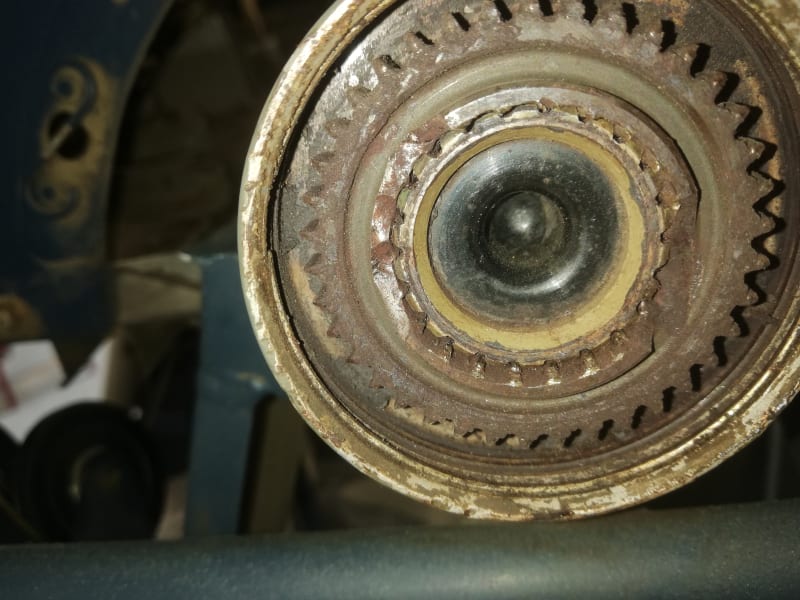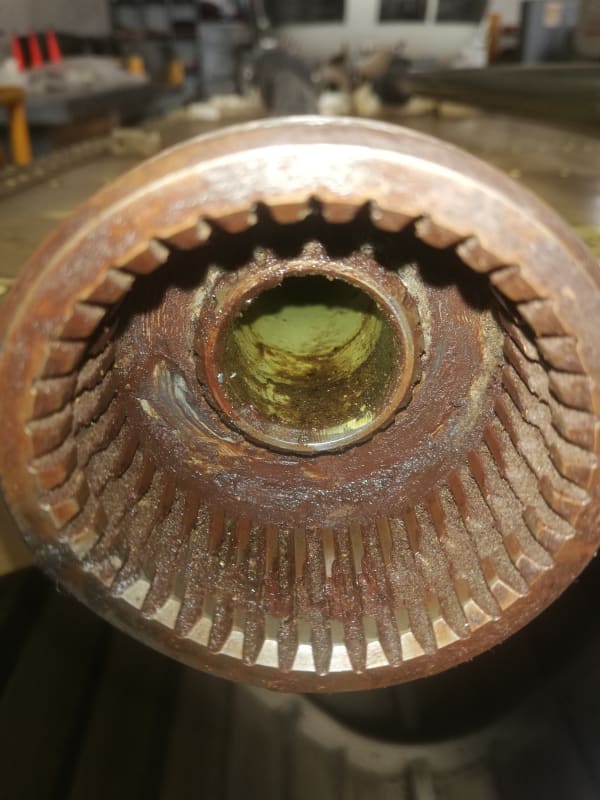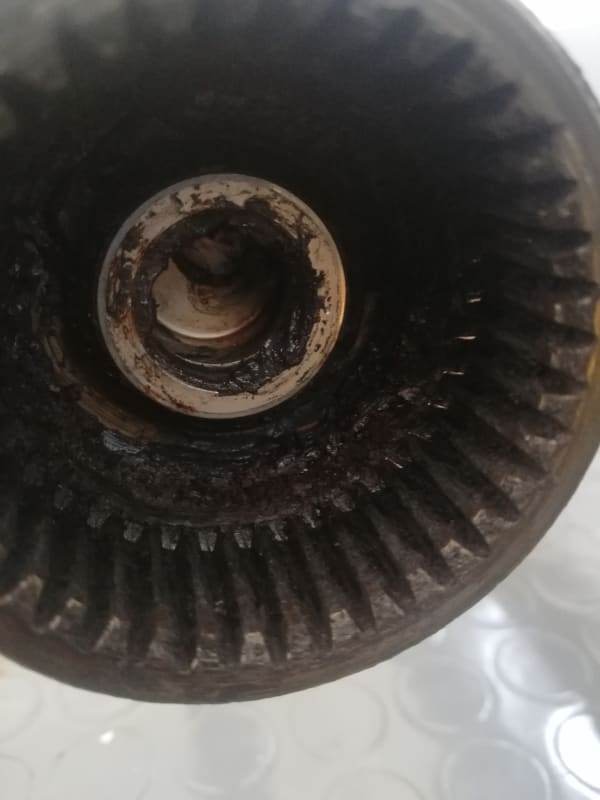Do You have any photos of the damaged and undamaged... corresponding male and female... TRDS couplings? Please post... looking through dirty/contaminated grease is like trying to read an off-angle X-ray... without knowing what we are looking at.
I presume that... in addition to Your NTSB-equivalent accident investigator... the helo manufacturer [???] sent a representative to the accident investigation!? IF NOT... WHY??? The NTSB/OEM will-be [should-be] remarkably well equipped to look at/adjudicate EVERY FACET of the damage to the helo in excruciating detail... and help/guide you likewise.
For my one-and-only Class A MIL helo mishap investigation, we had an outstanding Sikorsky investigator on-site within 1-week of the mishap... astonishing level of expertise/experience [lots of this type have crashed over the years].
Regards, Wil Taylor
o Trust - But Verify!
o We believe to be true what we prefer to be true. [Unknown]
o For those who believe, no proof is required; for those who cannot believe, no proof is possible. [variation,Stuart Chase]
o Unfortunately, in science what You 'believe' is irrelevant. ["Orion", Homebuiltairplanes.com forum]



